Motorola Defy review: Still looking for a niche


The Motorola Defy marks the return of a name that was one of the pioneers among rugged, waterproof, and dustproof Android smartphones in 2010. After a long 11 years, Lenovo has teamed up with the British company that is responsible for the CAT and Land Rover smartphones. In order to revive that history, we must ask ourselves, "Does the device bring something that stands out in a market that has incorporated standards like IP68?" That's what we try to find out in this Motorola Defy review.
Good
- Good battery life
- Additional button for quick shortcuts
- Good grip
- No cover needed
- Gorilla Glass Victus screen
Bad
- Impractical one-handed use
- Limited camera performance
- Large and heavy
- Thick bezels around the screen
- Android 10 (in September 2021!) and 2 years of security patches
- No removable battery
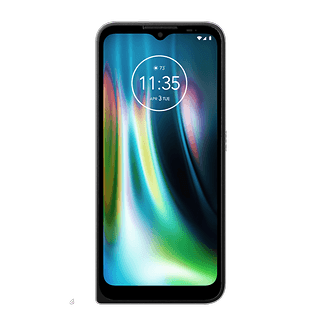
Motorola Defy (2021): Straight to the point
To announce the new Defy line, Motorola seems to appeal to nostalgia, but the launch may not have had the expected effect. Even among the editorial staff of NextPit, there were very few among us who were interested in the novelty, and it isn't a coincidence that the only two people who showed any semblance of interest were the editors who had the first-generation model (myself included).
Anyway, unlike the first generation which shared most of the specifications with the Moto Milestone (literally the flagship among Android 2.0 handsets), the new Defy has far more humble origins. The 2021 model (with the model identifier XT2083-9) shares virtually all the hardware specifications with the Moto G9 Play (XT-2083).

To differentiate the model from the G9 Play, the Bullitt group has strengthened the entire exterior of the device, adopting Gorilla Glass Victus for the display and a double coat on the plastic housing. This has given the device not only IP68 certification but also MIL-SPEC 810H certification for temperature and vibration variations.
Unfortunately, the model is not expected to see worldwide availability since it is sold by the Bullitt group. We can only hope that Motorola will announce the Defy in your home country outside of its regular markets.
Screen and finish: HD LCD and Gorilla Victus
For those who remember the original Defy, the size of the new model is one of the very first things that catches the eye. While the original Defy had a 3.7-inch screen (and the approximate size of the iPhone 4), the new smartphone stands out with its generous 6.5-inch screen that has been inherited from the Moto G9 Play. Another characteristic from the original - it features slightly rubberized finish on the sides and rear to provide a more secure grip.
What I liked:
- Finish ensures a good grip without leaving any fingerprints or stains
- Gorilla Glass Victus, resistance certifications
- Allows you to use straps, charms, and chains
What I disliked:
- Heavy and large
- Thick bezels around the screen
The display comes with modest specifications, sporting a resolution count of 720 x 1600 pixels (270 DPI) and an LCD panel with a 60 Hz refresh rate. The display is protected with Gorilla Glass Victus, which is more resistant against falls and scratches, making it the ideal candidate for the Defy.
Still on the topic about durability, Bullitt has strengthened the chassis of the device, leaving behind curves on the sides of Motorola in which it adopted the correct angles. The plastic material has been coated with a slightly rubbery finish, which will help it avoid picking up fingerprints, while the slight texture at the back helps provide a secure grip when holding the device.

To increase the protection level of the screen, the sides of the Defy have a slight relief in relation to the component, which should reduce the chance of damage in the falls. Unlike the original Defy, the new model does not have covers for the USB-C or headphone ports, and brings an additional hole that allows you to use keychains, straps, charms, or other accessories with the smartphone (a strap accompanied the review unit).
Needless to say, the reinforcement of the smartphone has increased considerably, hence doing the same to the size and weight of the Defy in relation to the already large Moto G9 Play, tipping the scales at 232 grams. This is close to double of what the Defy weighed in 2010 at 118 grams. The size practically requires you to use it with two hands. In addition, the position of the buttons leaves the volume controls and the programmable button out of reach for those who are used to holding the phone by the bottom.
TL:DR: Despite the modest specifications, there's nothing wrong with Defy's screen, which offers good visibility under most situations. The Gorilla Victus glass is also welcome, although the only downside is perhaps the thick bezels around the screen, which may be justified by the reinforced protection. The resistance "treatment" helps with the device's grip, but on the other hand, it increases the volume and weight of the already large Moto G9 Play.
How do we test the durability of a device?
What I liked:
- Water and dust resistant (IP68)
- Drop resistant (MIL-SPEC 810H)
- Scratch resistant (Gorilla Glass Victus)
What I disliked:
- Nothing (but testing out the drop resistance is scary!)
The highlight of the Defy is without a doubt all the Bullitt/Motorola endurance features. In a market where many smartphones are already water resistant, even some with a foldable screen, just what kind of world do we live in? The Defy's key differentiators would be the presence of the Gorilla Glass Victus screen that is normally found only on flagships, and the MIL-SPEC 810H certification for "extreme survival, vibration, and drop testing."

As expected, the Defy quietly withstood an immersion in water for 30 minutes, albeit at a depth of just 30cm. To test claims of its drop resistance, meanwhile, we dropped the device from around 1 to 1.7 metres. Spoiler alert: This video provides an idea of the device's performance:
Other than continuing to function normally, the device showed no damage to the screen or casing. Only a few scuffs from the floor marked the square side (the one that includes the hole where you slip in a charm or strap), plus tiny nicks at impact points, which are disguised thanks to the opaque finish of the case.
I wasn't able to test the claims of its resistance to extreme temperatures and rapid temperature changes, but according to the manufacturer, the Defy is capable of operating in a range between -25 and 55 degrees Celsius. No point in asking one to use it in a cold room...
Underperforming older rivals
The Defy (2021) is equipped with a Snapdragon 662 processor, 4 GB of RAM. Although the Snapdragon 662 SoC is no performance champion, it is still sufficient for everyday tasks.
What I liked:
- No overheating issues.
What I disliked:
- Outdated processor
- The occasional lag in daily use
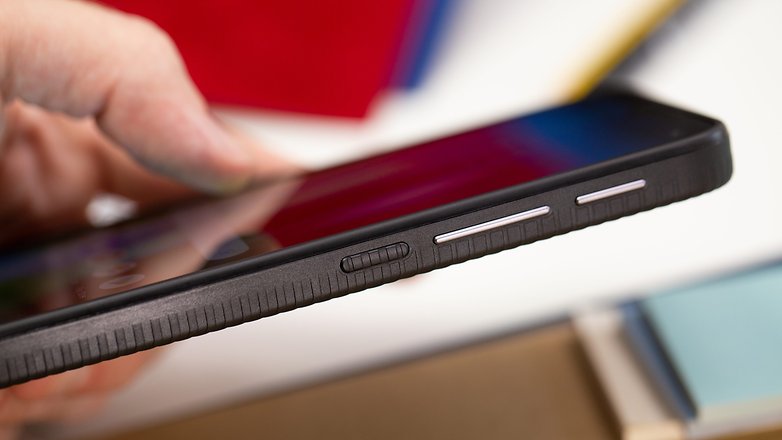
Still, the 11 nm processor already shows signs of age during use. There were at least two situations when the Chrome browser showed temporary crashes for no apparent reason. Moreover, the model is not only behind smartphones like the Galaxy A51 which has similar hardware to the robust Galaxy XCover Pro, but also of the new crop of mid-range devices like the Edge 20 that is equipped with the Snapdragon 778G line. In the latter case, there is a performance difference of almost 7 times in the 3DMark test and twice in overall processing:
Benchmarks
| Motorola Defy | Samsung Galaxy A51 | Xiaomi Redmi Note 10 | Motorola Edge 20 | |
|---|---|---|---|---|
| 3DMark Wild Life | 370 | 853 | 482 | 2.492 |
| 3DMark Wild Life stress test | 376 ~ 379 | 596 ~ 856 | 482 ~ 483 | 2.461 ~ 2.494 |
| GeekBench 5 (single / multi) | 314 / 1.354 | 348 / 1.265 | 527 / 1.653 | 768 / 2.776 |
| PassMark RAM | 13.126 | 12.829 | 18.645 | - |
| PassMark Storage | 34.309 | 34.829 | 38634 | - |
At least the Defy showed no signs of overheating, showing stable performance in the 3DMark stress test (albeit low) and in the tested games like Call of Duty Mobile or Free Fire. Just don't think about playing at the highest quality graphics to ensure a stable frame rate
TL:DR: The cost-performance ratio is not the strength of the new Motorola Defy, inheriting configurations from a model that was already uncompetitive with other mid-range smartphones in 2020, the Defy lags behind its direct rival, the Galaxy XCover Pro, which has been on the market for already 20 months.
Basic smartphone camera
The Defy's camera configuration adopts the well-known wide-angle/macro/depth recipe that is very popular among entry-level smartphones. And the 48-, 2- and 2-megapixel resolutions, respectively, don't leave much room for any optimism. But how does the Defy fare in the real world?
What I liked:
- Natural-looking selfies
What I disliked:
- Not a very versatile camera configuration
- Macro camera is pretty much useless
- Blurry images on the main camera
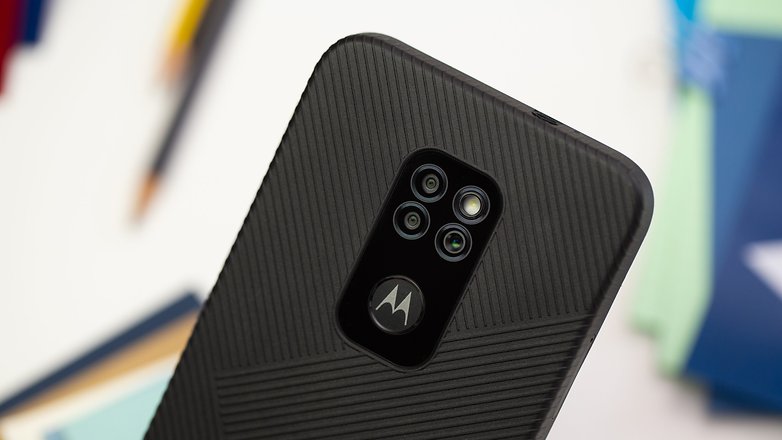
The Defy of 2010 wasn't exactly offer top camera performance, and it isn't any different in 2021 either, which is most likely attributed as another Moto G9 Play influence. The main camera shots aren't as sharp when reviewed at their original size, with a tendency to soften or slightly blur the image. At least the color reproduction looks natural, avoiding exaggerations in color saturation that some manufacturers use in processing.
As what would normally happen with high-resolution sensors, each pixel is the result of combining four points of the sensor, generating a 12-megapixel (4000 x 3000 pixels) image.
Defy includes only one macro camera as an extra lens, besides the depth sensor. The 2-megapixel resolution of the macro sensor results in photos without enough definition for prints, but it might be enough for sharing on instant messaging apps or social networks.
The Night Vision night mode requires the use of a tripod or very steady hands to work well. The sensor captures 4 seconds of images before processing the recorded photo. Personally, I found the result to be a bit too light, but the feature at least manages to show objects that would be hidden in the shadows if it were disabled. With or without Night Vision, however, the low light photos make the main camera's limitations in terms of sharpness even more noticeable.
As for selfies, the results with the front camera were better than I expected, with a natural-looking result even if the model doesn't cooperate, and especially without the exaggerated post-processing found on some devices, as with the Moto G30. The portrait mode also worked well, with a slight blur around the ear and mask straps.
TL:DR: The camera configuration that was inherited from a base model shows off its limitations on the Defy, with the additional 2-megapixel sensors basically serving to make up the numbers on the rear. Main camera shots are perfectly usable for sharing on social networks, but not so much for prints or enlargements. Selfies, on the other hand, turned out better than expected, with sharp photos and no artificial skin smoothing.
Big battery, but only 20W charging speed
The battery and charging system is one key area where Bullitt could have differentiated the Defy from the Moto G9. The smartphone has retained the 5,000 mAh battery and a maximum charging power of 20 Watts.
What I liked:
- Good battery life
- Charger is included (20 W)
What I disliked:
- Charging not as fast as I would have liked;
- Battery is not removable for this type of smartphone
- No wireless charging support
With moderate use, the Defy easily lasted more than two days of autonomy, which is not surprising in a device with HD resolution, intermediate processor and generous battery capacity. As a reference, the device recorded 18h13min in the PCMark Battery Life test, which simulates a continuous processing battery between 80 and 20% load of the device.
When it comes time to charge, however, it shows the age of the design. A full recharge takes about two hours. Five minutes in the socket with the 20 W TurboPower charger was enough for 4 to 5 percent charge, 20 minutes yielded 20 to 23 percent capacity, and one hour left the battery with about 63 percent charge.
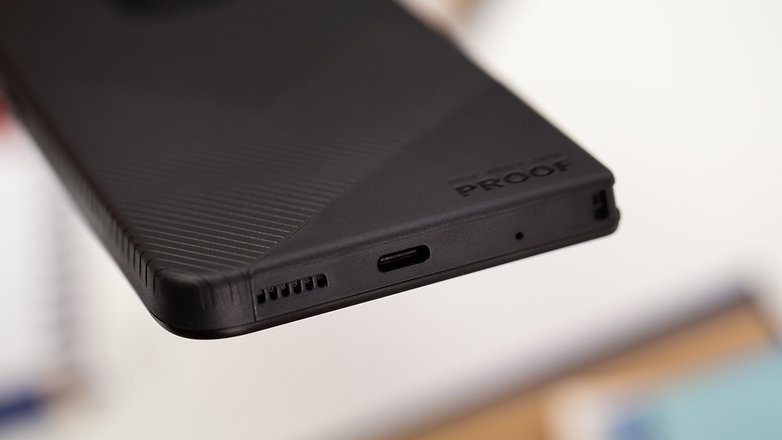
A detail that may not matter to most people, is the fact that the battery is not removable, something that its direct competitor, the Samsung Galaxy XCover offers. This might be a point of interest for companies that are looking for a smartphone for their on-site teams.
TL:DR: Good battery life is probably one of the Defy's highlights, sporting more than enough juice to last you the whole day. The wired charging system wired is the well-known TurboPower from Motorola, which could be considered as a selling point in its early days, but it has since fallen behind in terms of charging speeds when compared to smartphones from the likes of Oppo, OnePlus, Xiaomi, Vivo, etc.
Technical specifications and other information
I list other points that may interest the NextPit community, but are not worth additional paragraphs below:
- The Motorola Defy includes NFC support and is compatible with Google Pay for proximity payments
- After resetting the updated handset, the operating system indicated 20.36 GB of used space
- The packaging of the review unit included the 20 W charger, a charging cable, a SIM tray opening tool, and a strap
- The software version during the test was QZD30.57 (June 2021)
- Bullitt/Motorola promises 2 years of security updates for the device, which at the time of review had Android 10 as the current operating system version
Technical specifications
| Motorola Defy (2021 / XT2803-9) | |
|---|---|
| Processor | Qualcomm Snapdragon 662 (Jan/2020) 11 nm (Samsung 11LPP) 4x Kryo 260 Gold (Cortex-A73) @ 2.0 GHz 4x Kryo 260 Silver (Cortex-A53) @ 1.8 GHz |
| Memory | 4 / 64 GB Expandable with micro SD card |
| Display | 6.5-inch LCD 720 x 1600 pixels (HD+) 60 Hz Gorilla Glass Victus |
| Camera | 48 MP main camera | f/1.8 2 MP Macro 2 MP depth sensor 8 MP Selfie |
| Battery | 5,000 mAh 20W wired charging |
| Connectivity | Bluetooth 5.0 | NFC | WiFi 5 (11ac) | 4G |
| Dimensions | 169.8 x 78.2 x 10.9mm |
| Weight | 232 grams |
| Special Features | IP68 and MIL-SPEC 810H certified |
| Operating System | Android 10 (upgrade to Android 11 announced) 2 years of security patches |
| Colors | Black and green |
| Price | €329 not available in the United States |
Bottom line: What is the Motorola Defy's target market?
The Motorola Defy 2021 is a curious smartphone, which tries to ride on the nostalgia factor in a very small group of people, quite unlike the massive fanbase that the Razr or the retro Nokias had. To complicate matters further, it was launched in a market that already has interesting options from Samsung and Bullitt, a company that developed rugged versions of Motorola/Lenovo devices, apart from the recently launched Nokia XR20.
While the CAT and Galaxy XCover devices are positioned more for enterprise use, the Defy does not seem to be an ideal solution for them, with the promise of only two years of security updates, and does not come with a removable battery option found in the XCover (which also includes the option of charging via Pogo pins). The XCover is even covered (pardon the pun) by Samsung's 4-year security update policy, making it somewhat similar to Nokia's XR20 (which still offers 3 years of warranty and 3 years of system updates).

The Defy's promotional materials place an emphasis on extreme sports, and perhaps this positioning explains the strap included in the packaging. However, this is the very same audience that made GoPro (and DJI) a fortune, leaving the impression that the camera could have received more attention from manufacturers, even if it was an ultra-wide-angle lens in place of the superfluous macro camera.
All in all, the launch announcement seemed to indicate that the new Defy is really targeting the general public who usually lose their devices to accidents on a daily basis. But in this case, the recommended retail price of €329 in Europe is practically double that of the Moto G9 Play or G30, which may make it more advantageous to buy one of the models mentioned with a cover and perhaps an insurance policy against accidents.
And it's this discrepancy between basic specifications with a mid-range sticker price tag that docks points from the Defy 2021, even though it's cheaper than its sturdy rivals from Samsung and Nokia in Europe. There's nothing wrong with the device, but to appeal to the general public, it would need to have a price that matches its specifications. This is something that the Defy of 2010 had and which was the reason that made me buy it ten years ago.
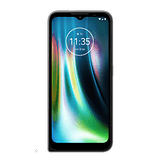



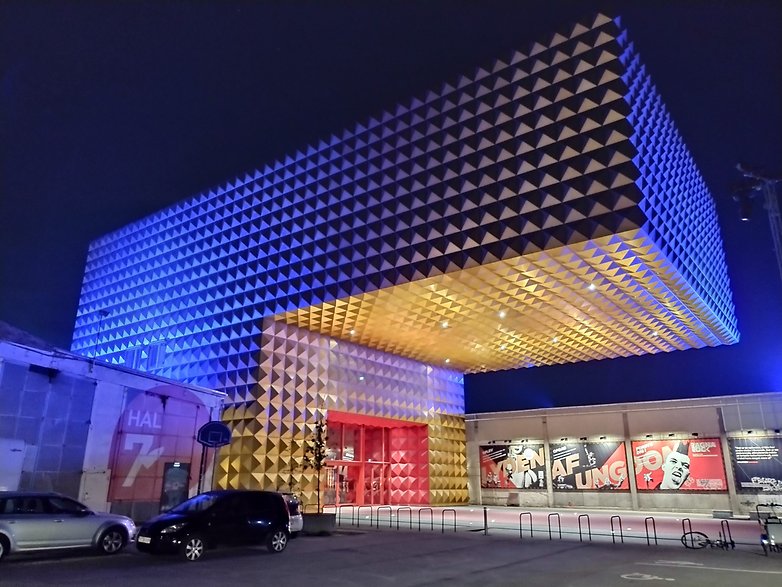
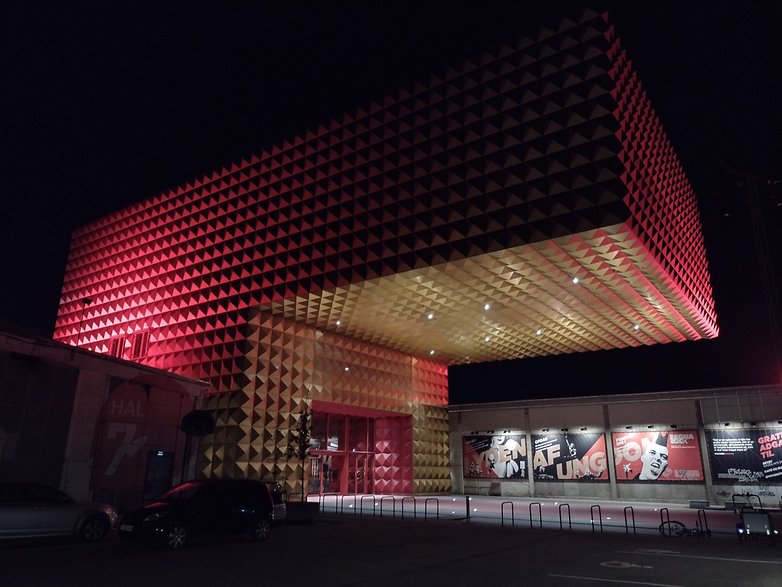



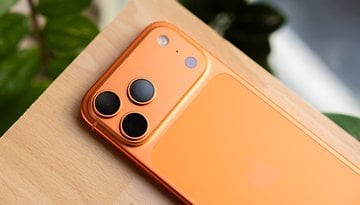
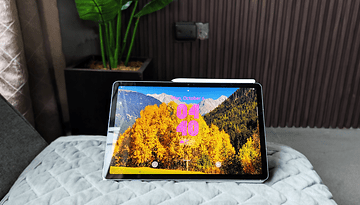

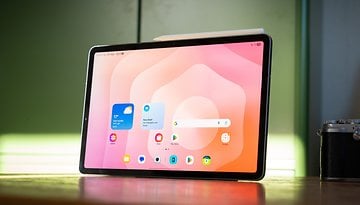
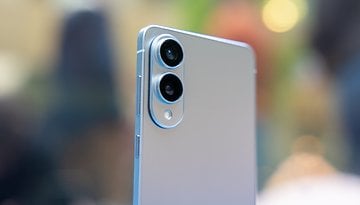
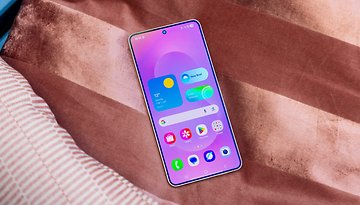
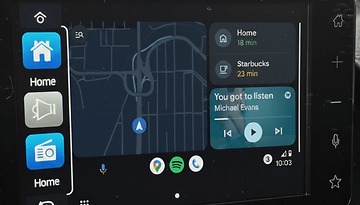
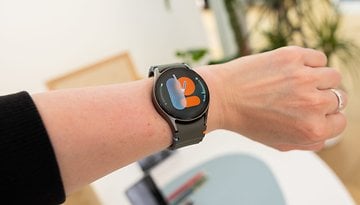



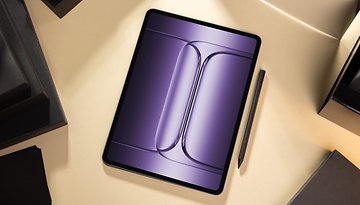


Amazing Phone! Love this brand from my childhood.
I'll accept the bezels for the toughness they bring. But the guts need some updating.